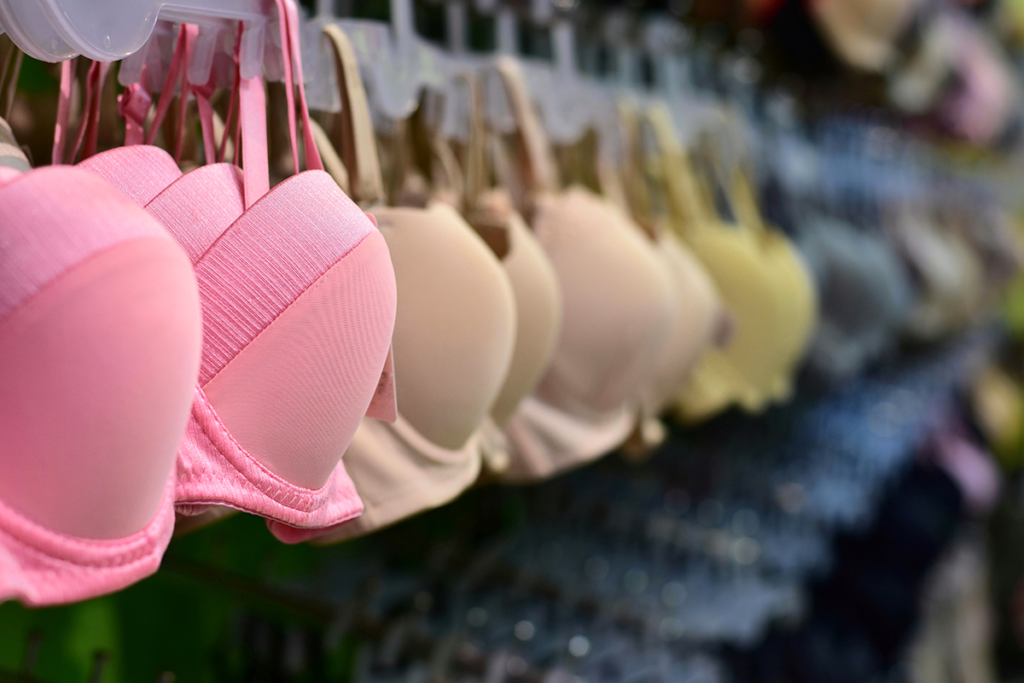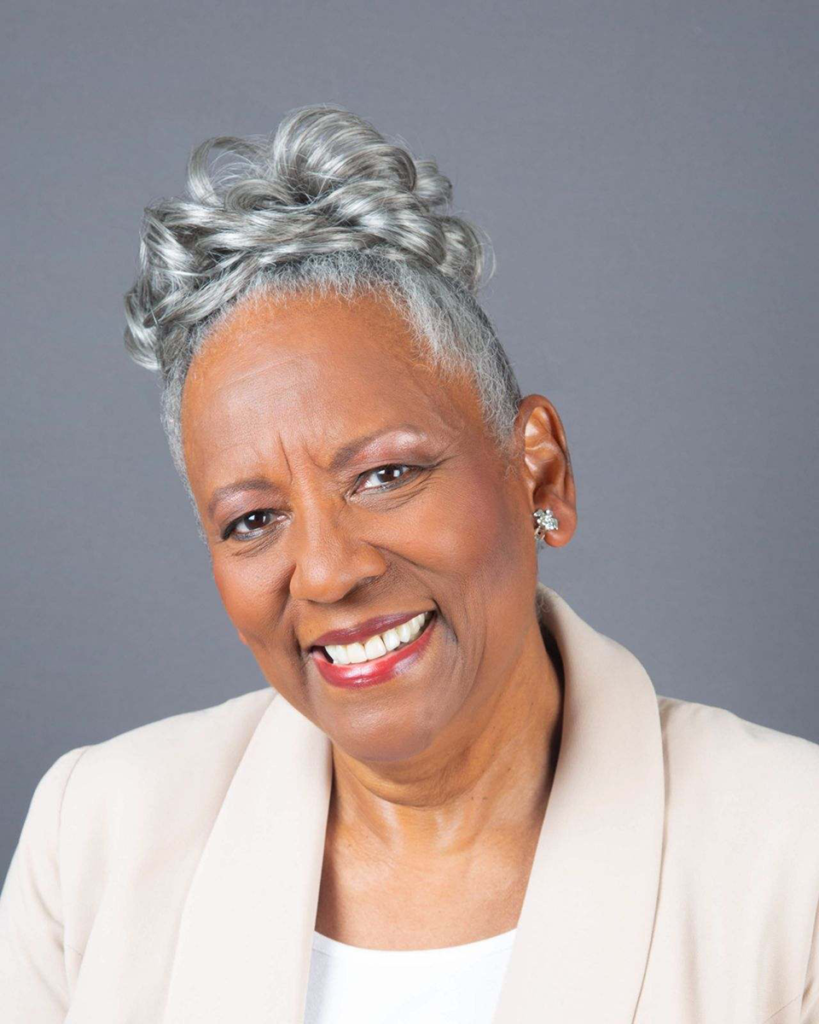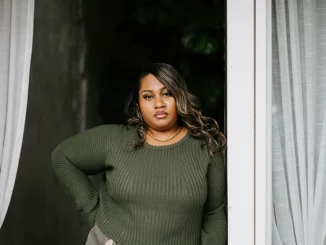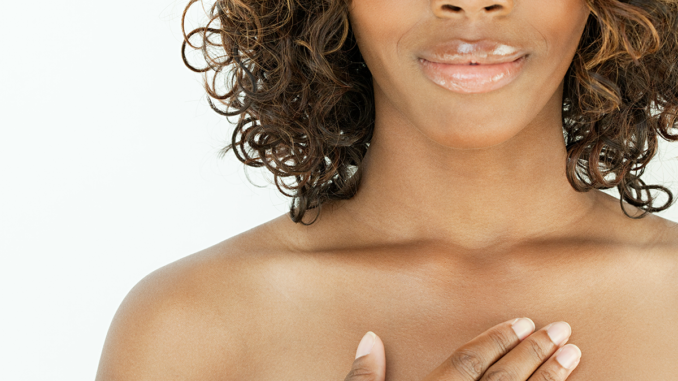
By Beverly Dawn Whatley, M.Ed.
You might even recall her name. She was the first in your crowd to “become a woman”. She had the coveted training bra in the 5th grade. The boys liked to snap that back strap and the girls looked for obvious padding. She left us “littlest angels” behind wearing our undershirts, and entered a world where lingerie, cleavage, and being bouncy were now possible. This was the first visual for us that puberty was real, and change was coming.
It might be the bosom of the community or the milk of human kindness. The image of and about the human breast has a comforting association.
Interesting Facts
- Allegedly, Amazonian warriors removed their right breast to enhance their use of the bow and arrow.
- It’s not unusual for each breast to be different in size, usually the left being larger.
- The first brassiere commercial on television was in 1955.
- Breast augmentation is second to liposuction as a cosmetic procedure, the first being done in 1962.
- The sports bra was created by doubling the structure of the athletic supporter in 1977.
- The sugar teat was a pacifier made by placing sugar or honey in a clean, tied off cloth. It was to resemble a nipple and provide a soothing, sucking experience for a baby.
- Under 1% of “chest cancer” patients (preferred term used by men, trans-men and non-binary persons) are male; 2,000 annually with a 75% survival rate.
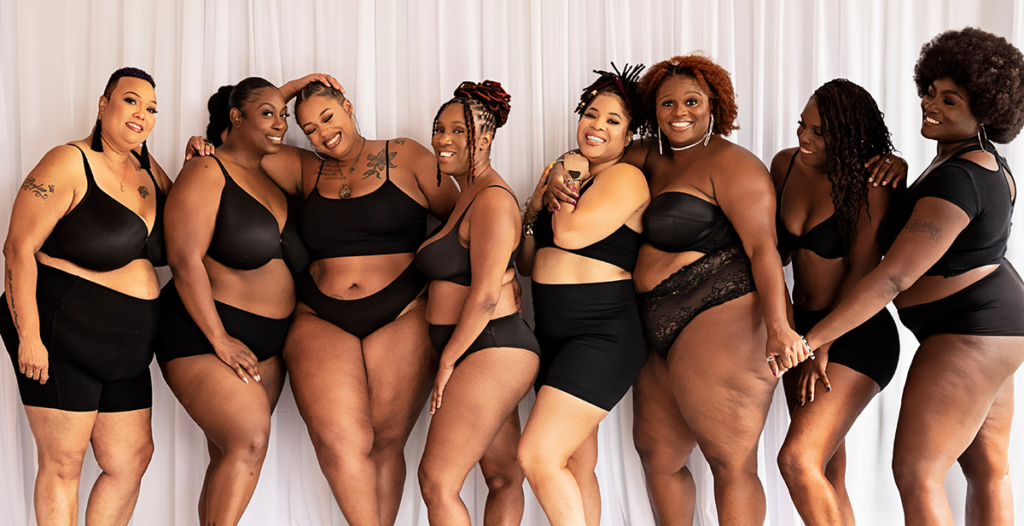
Thanks for the Mammaries
Why are we so obsessed with breasts? Girls receive an unrealistic introduction to a woman’s body through that iconic fashion doll with her prominent assets. If a real woman, she would be about 5’9”, 110 pounds, and have measurements of 39-18-33. Yet, we dress her and dream for ourselves a shapely future.
This feminine feature attracts men. Breasts not only make women look very different from men, but they also signal her potential fertility. The man not concerned about passing on his genes still gets the chemical reaction in his brain that releases dopamine and oxytocin. It fuels his attraction and his ability to make a woman feel glamorous and desirable. Coupling ensues…
Women develop an evolving relationship with their breasts over time: puberty; comparable attractiveness; sexual pleasure; to nurse or not to nurse; and aging. Advertising makes this curviness a part of the image when selling vacation spots or perfume. The best life is the best breast life. Some women are inspired to get reductions or enhancements to meet the image.
Generally, fashion that accentuates the bustline is considered attractive from the negligée to the nightclub. Notice the design and construction of wedding and evening gowns.
A historical look at costumes will show the breasts pushed up and out or flattened for the times.
As easy as A, B, C…and K
Major department stores have a wide assortment of bras for most sizes and occasions. If one is within the average range, you can find your skin tone, strapless, padded, lacy, designer, sporty, and even adhesive bra alternative coverage. As sizes increase, this access to variety decreases. The largest cup size commercially available is a K-cup. For a price, bras can be fitted in a boutique or custom-made.
The average breast weighs just about a pound. The world record for natural breast weight is 42 pounds each and 70 inches around. Her custom cup being a 102-ZZZ.
Yes, Mammogram
Your family history may dictate the age by which you need to have your first [baseline] mammogram. This exam takes under 45 minutes and indicates the density of your breast tissue, the presence of any benign or malignant material, and is your first step in an action plan, when necessary. If you have a close relative who has been diagnosed with breast cancer, this becomes a part of your breast care history. Most women add this to their annual check-up around age 40. The screening is simple, but the hesitancy comes from the fear of what might be found. Not knowing is not the same as not having a reason for concern.
If a self-exam makes you suspicious, schedule an appointment for a mammogram. Don’t allow any professional to steer you away from a complete screening due to your age or size. Women’s health concerns are often pushed aside. You are “their” voice. You’ve pushed your breasts up, now on their behalf, push back! If uninsured, you may qualify for free or reduced cost healthcare.

Effective March 2023, the Food and Drug Administration [FDA] requires imaging centers to notify women if they have dense tissue. This can mean a higher risk or harder detection. The Mammography Quality Standards Act was established in 1992 as a part of public health to monitor facilities and ensure that standards are being met. The FDA supports innovations to prevent, detect, and treat breast cancer.
With very dense tissue or a questionable spot, you may get multiple angles of imaging, inclusive of ultrasound. Okay. It is a bit painful. Imagine someone taking your breast and slamming it in a panini press! The permanent relief when you know “the girls” are healthy is worth the temporary discomfort.
The Cleveland Clinic in collaboration with a California pharmaceutical company is hopeful for a breast cancer vaccine. It targets a protein present in 12-15% of breast cancers called “triple negative”. It would prompt the immune system to attack a tumor and prevent its growth. In an April 2023 interview a participant in the trials shared her sense of hope that it might prevent her from having a recurrence.
Another tool in breast care is genetic testing to alert of an enhanced potential for breast cancer by looking for a mutation. BRCA is the abbreviation for Breast Cancer gene. BRCA1 and BRCA2 are present in everyone, and they do not cause breast cancer. They support its prevention by repairing the break in DNA that allows tumors to grow. A small percentage of people carry this as a mutation possibly impacting tumor suppression. It may be an inherited trait. With 12% of women being diagnosed with breast cancer, a mutation of BRCA1 or BRCA2 increases chances for those women to develop breast cancer by 45% to 65% before age 70.
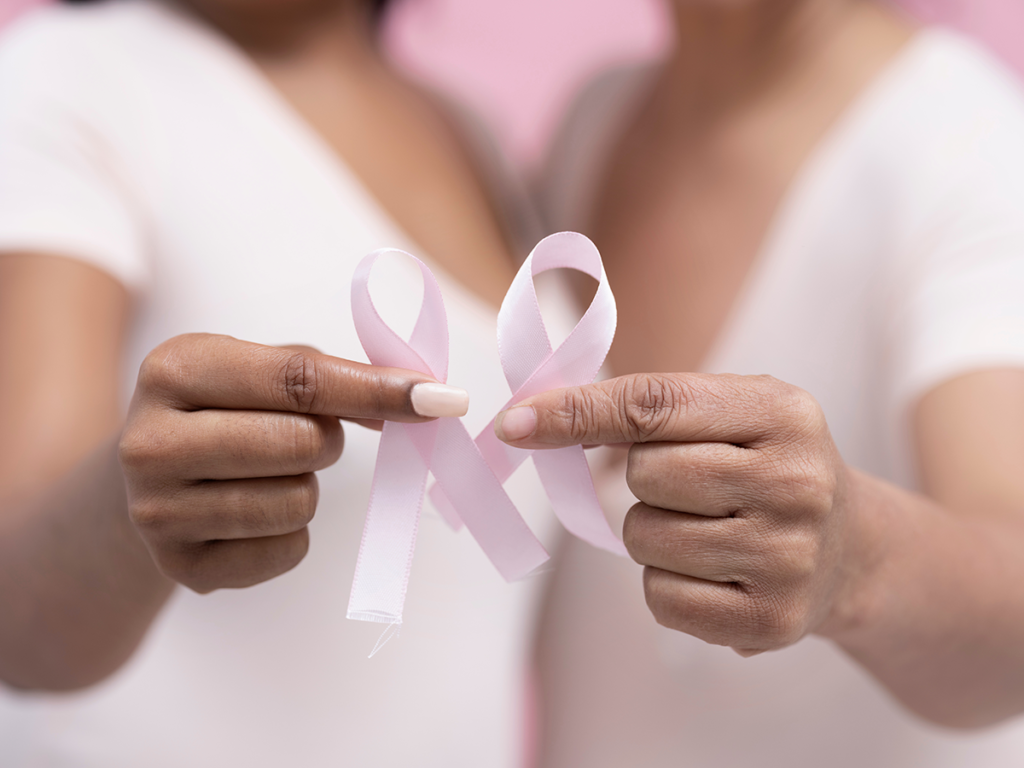
What if
Bear in mind, early detection means a better outcome if there are any areas of concern. Biopsy and lumpectomy are less invasive and body altering than mastectomy unless absolutely required. After removal of one or both breasts some women have undergone a reconstruction using their own transplanted tissue, silicone, or saline to recreate a breast line, often with a nipple. Others have gotten creative with tattoo art and made their chest a beautiful, new landscape of artistic expression. There are always new trials and treatments to investigate. Whatever it takes to save your life should be your course of action.
The even better news, not all maladies of the breast are cancer. Cysts, inflammation, or damage due to an accident or previous surgery may all present symptoms. One is not being overly cautious if a self-exam or screening finds something. Get a second opinion from a different location. To ease your mind, see a third specialist.
October is Breast Cancer Awareness Month, started in 1985 by the American Cancer Society. In 2021, President Biden designated the week of the 17th through the 23rd to raise awareness for and about men. However, anytime is the right time for screening. Make it a part of your wellness visits and schedule your mammograms starting at the age your doctor recommends.
See your breasts as a beautiful part of who you are regardless of your age or their size. They are your bosom buddies, so show them some love.
Resources:
If it’s time for that first exam or to seek a second opinion, here’s a clearinghouse.
Breast Cancer Resources – National Breast Cancer Foundation
Male breast cancer – Symptoms and causes – Mayo Clinic
Understand symptoms and their meanings…
5 Breast Conditions That Aren’t Cancer
About The Writer:
Beverly Dawn Whatley is an alumna of Eastern Michigan University and Chapman University of California. As an educator Beverly is a literacy consultant for the state of Michigan. She is a member in good standing of the actors’ unions. Beverly’s breast connection is more than pink ribbons and t-shirts. She was a New York Playboy Bunny and is a former Hollywood showgirl. Due to her work in documentary production and TV news, journalistic inquisitiveness about justice and health inspires her writing. Ms. Whatley has tackled several courageous topics published in B.L.A.C. magazine of Detroit, and often contributes to Heart and Soul. She has written forThe Crisis of the NAACP and Planned Parenthood. When not working as an educational consultant or journalist, Beverly seeks more opportunities as a voice-over actor.



